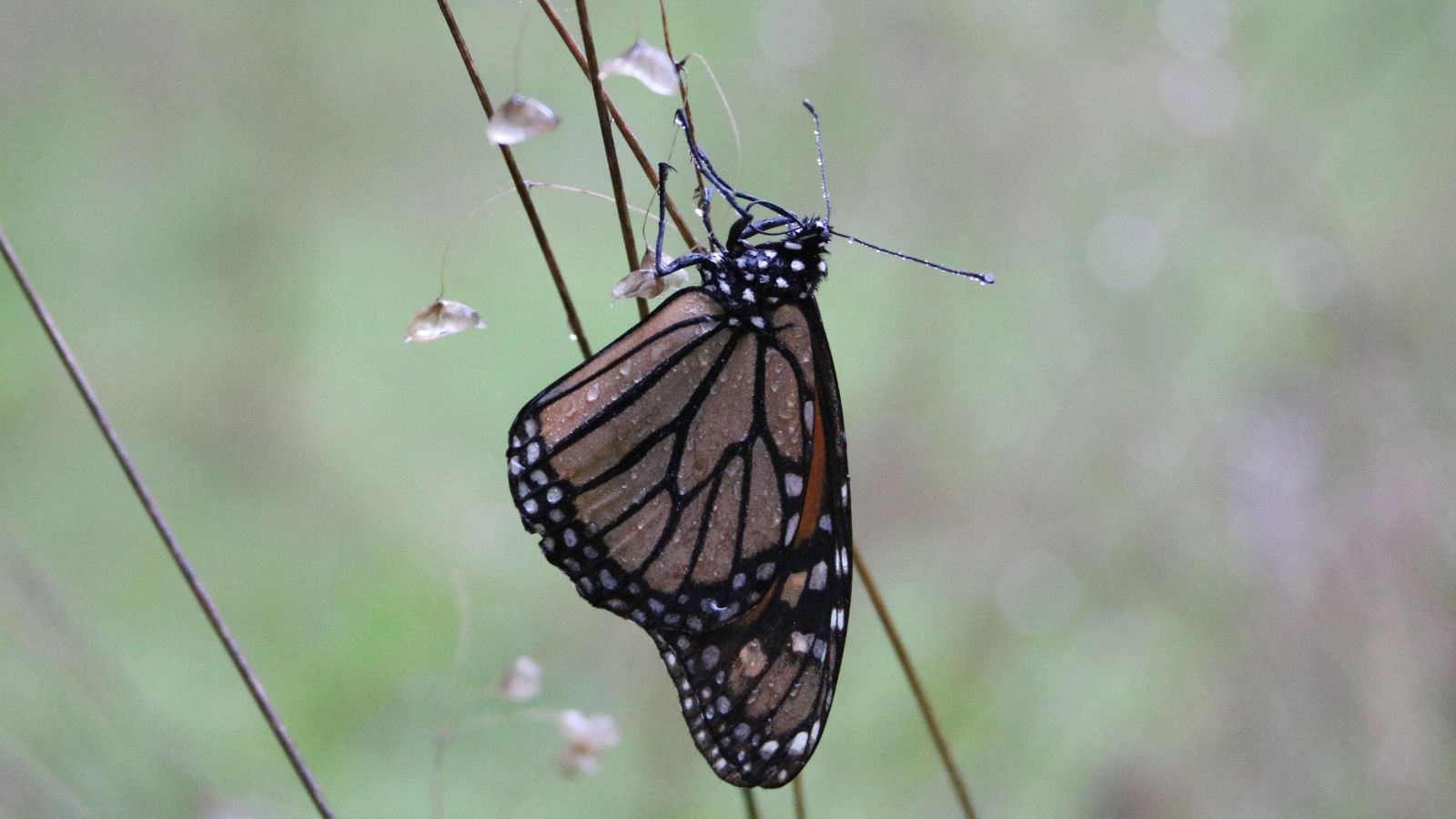Each winter, Western monarch butterflies migrate to the California coast, where they cluster together in clumps of orange and black to survive the cold months.
But this year, their winter habitat was hit by intense storms.
“We have seen photographs of monarchs that were completely wet and cold, trying to survive, and they were just falling on the ground,” says Rebeca Quiñonez-Piñón of the National Wildlife Federation.
She says the storms were a blow to the Western monarch population, which has declined drastically since the 1980s.
Monarch butterflies are threatened by habitat loss and pesticides, and they’re sensitive to their environment, which makes them vulnerable to climate change.
“We have seen that extreme weather, long droughts, and heavy precipitations … are definitely affecting the monarch butterfly,” she says.
Early this year, conservation biologists had been encouraged: Surveys showed an increase in the number of overwintering butterflies.
But the storms killed a lot of those butterflies, highlighting how devastating erratic weather can be for a species that is already struggling.
“It’s definitely heartbreaking,” Quiñonez-Piñón says.
Reporting credit: Ethan Freedman/ChavoBart Digital Media
Source link


